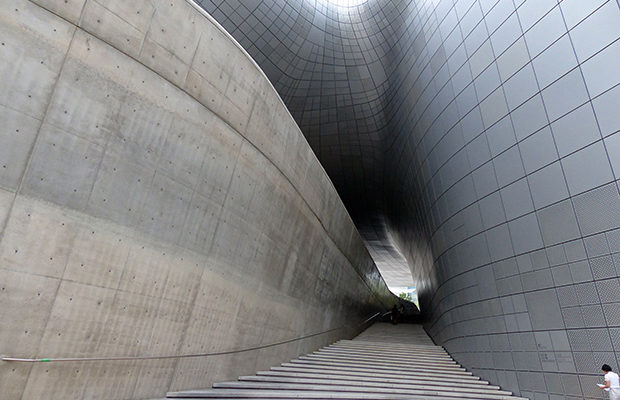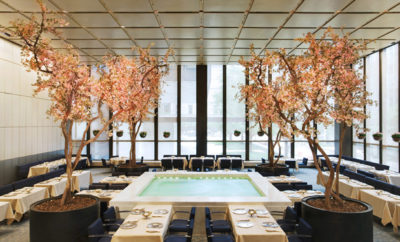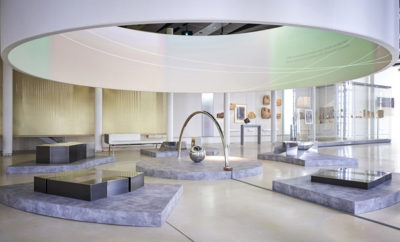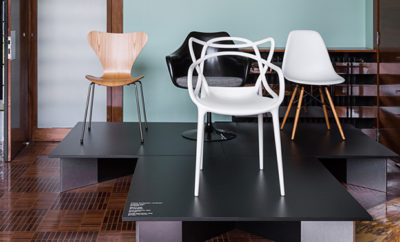 Dongdaemun Design Plaza in Seoul, South Korea, designed by Zaha Hadid Architects and Samoo. Photograph by Dae Seog Heo/Flickr Commons.
Dongdaemun Design Plaza in Seoul, South Korea, designed by Zaha Hadid Architects and Samoo. Photograph by Dae Seog Heo/Flickr Commons.
Architecture
Zaha Hadid, pioneering architect, dies at 65

Portrait of Zaha Hadid. Photograph by Steve Double.
Zaha Hadid, the Iraqi-British architect, whose robust, sinuous structures have made an indelible mark on architecture, died last Thursday morning from a heart attack in a Miami hospital where she was being treated for bronchitis, according to her firm. She was 65.
The first woman to win the Pritzker Architecture Prize (2004), and more recently, RIBA’s 2016 Gold Medal, Hadid was a trailblazer in her profession—not only for forging her own path in a predominantly male-dominated field, but for her use of parametric design to create dramatic curvilinear forms, giving way to a unique architectural language that often favored supple curves to modernism’s sharp angles and lines. As she once quipped, “There are 360 degrees, so why stick to one?”
Born in Baghdad in 1950, Hadid received an undergraduate degree in mathematics before moving to London to attend the Architectural Association School. Soon after graduating, she went to work for her former professors, Rem Koolhaas and Elia Zenghelis, at the Office for Metropolitan Architecture in Rotterdam, and later became partner. In 1979, she launched Zaha Hadid Architects, which is also overseen by office partner Patrik Schumacher, who joined the firm in 1988.
Her most celebrated built projects demonstrate a kinetic energy and imagination, such work as the Vitra Fire Station in Weil Am Rhein, Germany (1993), the Rosenthal Center for Contemporary Art in Cincinnati (2003), MAXXI: Italian National Museum of 21st Century Arts in Rome (2009), Guangzhou Opera House in China (2010), the London Aquatics Centre for the 2012 Olympic Games (2011), and the Heydar Aliyev Centre in Baku (2013).
She also branched out into different realms of design, applying the same sensibility to interiors, jewelry, furniture, and products, from her amorphous-shaped Belu Bench to the slithering Celeste Necklace & Cuff for Swarovski’s Gem Couture to her installation, Aqua at Dover Street Market in London, created in tandem with the 2012 Olympic Games, and recalling the Aquatics Centre with its undulating wave-like form.
In his speech celebrating Hadid’s Royal Gold Medal, Sir Peter Cook of Archigram, aptly described her contributions to the architectural practice, “For three decades now, she has ventured where few would dare: if Paul Klee took a line for a walk, then Zaha took the surfaces that were driven by that line out for a virtual dance and then deftly folded them over and then took them out for a journey into space.”
Indeed, her work felt otherworldly, as if culled from science fiction films and prophetic visions of future landscapes. And much like her outspoken personality, her work was dynamic, brazen, and unapologetically bold.












